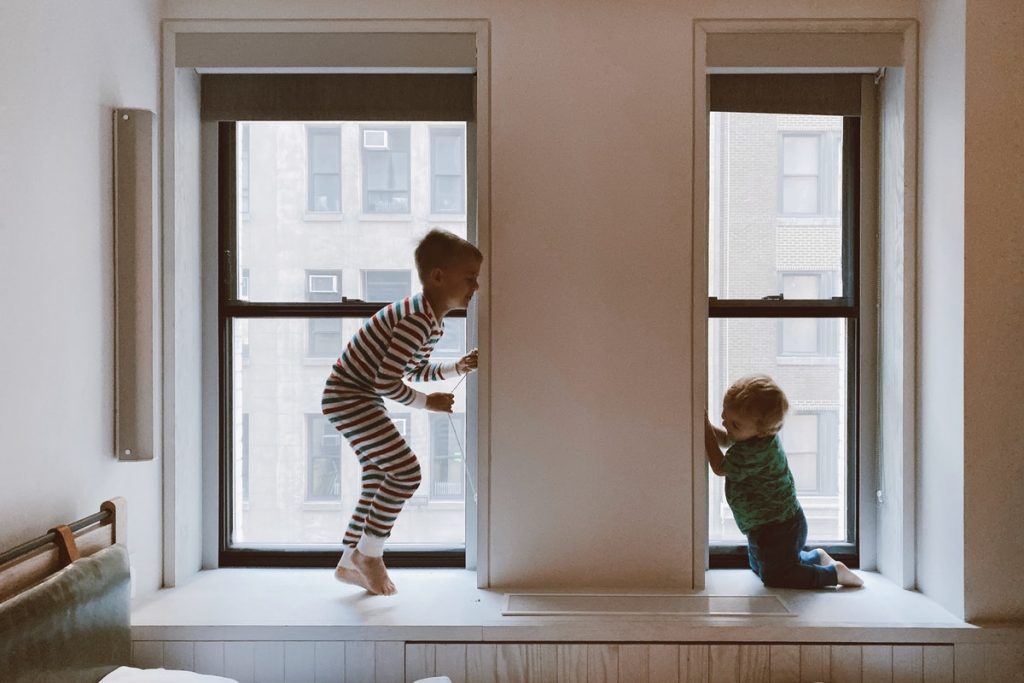The number of children in the United States is increasing. There are now 73 million children living in the country. These children are the world’s future. And as parents, it’s our job to ensure their safety and comfort. But how can we balance safety and comfort for our children at home? It’s not always easy. But there are some things you can do to help.
Communicate With Your Children
Communication plays a significant role in balancing safety and comfort for your children at home. Talk to your children about what they want and need from their home environment. Listen to their concerns. And help them understand why specific safety measures are necessary.
When talking to children, remember to:
- Use age-appropriate language
- Be patient
- Listen more than you talk
You can also practice specific techniques, such as active listening. This involves hearing what your children are saying and responding in a way that shows you understand. You can do active listening by:
- Mirroring what your children say
- Asking questions
- Paraphrasing
All these can ensure that you hear everything your child has to say about their wants and needs.
Involve Your Children in the Process
Involving your children in decision-making can help them feel more comfortable with the changes being made to their homes. If possible, involve them in the planning and implementation of safety measures. This will help them feel ownership over their home environment.
Some ideas for involving children in the process include:
- Asking them to help with brainstorming safety solutions
- Having them test out different safety devices
- Allowing them to choose between different safety options
Involving your children in the decision-making process will not only help them feel more comfortable at home, but it will also help them learn about responsible decision-making.
Make Your Home Child-Friendly
You can make your home more child-friendly by making some simple changes. For example, put rubber mats in the bathtub and shower to prevent slips and falls. It might also be good to install a glass shower door, so you can watch them when they’re in the shower. Of course, they might mind this when they grow older. But if they’re still under seven years old, you should keep an eye on them no matter what.
You should also use gates to block off dangerous areas for young children, such as stairways and kitchens. And install smoke, carbon dioxide, and radon detectors. Radon detectors are essential if you live in radon-susceptible states such as Alaska and South Dakota.

Additionally, you should have a first-aid kit in your home and know how to use it. You should also know the emergency phone numbers for your area, such as the poison control center and the fire department.
Making your home child-friendly doesn’t have to be expensive or time-consuming. Even small changes can make your home safer.
You should ensure that your child is safe from electrical accidents. According to the National Fire Protection Association, electrical hazards are the leading cause of home fires. So, it’s essential to ensure electrical safety in your home.
Some tips for ensuring electrical safety in your home include:
- Inspecting cords and plugs regularly
- Replacing frayed or damaged cords
- Using surge protectors
- Keeping cords away from high traffic areas
- Unplugging appliances when not in use
Ensuring electrical safety in your home is crucial to keeping your children safe. These simple tips can help reduce the risk of fire in your home.
Talk to Experts
If you’re unsure how to balance safety and comfort for your children at home, talk to experts. Many professionals can help, including:
- Child development specialists
- Safety experts
- Home design professionals
These experts can help you assess the risks in your home and develop a plan to address them. They can also guide how to involve your children in the process and make your home more child-friendly.
Prevent Drowning!
Drawing is the leading cause of unintentional death for children under four. So, if you have a pool or spa in your home, it’s essential to take precautions. First, you should install a fence around the pool area at least four feet high. The gate should be self-closing and have a self-latching device.
You should also keep rescue equipment near the pool, such as a life preserver or ring buoy. And make sure everyone in your household knows how to swim and perform CPR.
Drowning is preventable. But it’s essential to be vigilant if you have a pool or spa in your home. Taking these precautions can help keep your children safe.
When it comes to safety and comfort, there’s no one-size-fits-all solution. What works for one family might not work for another. But by following these tips, you can help ensure your children are safe and comfortable in their homes.

